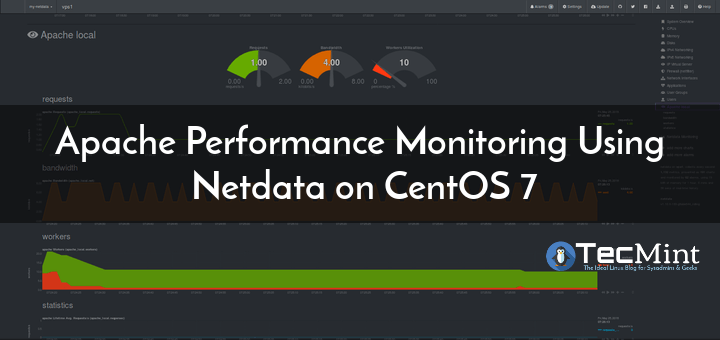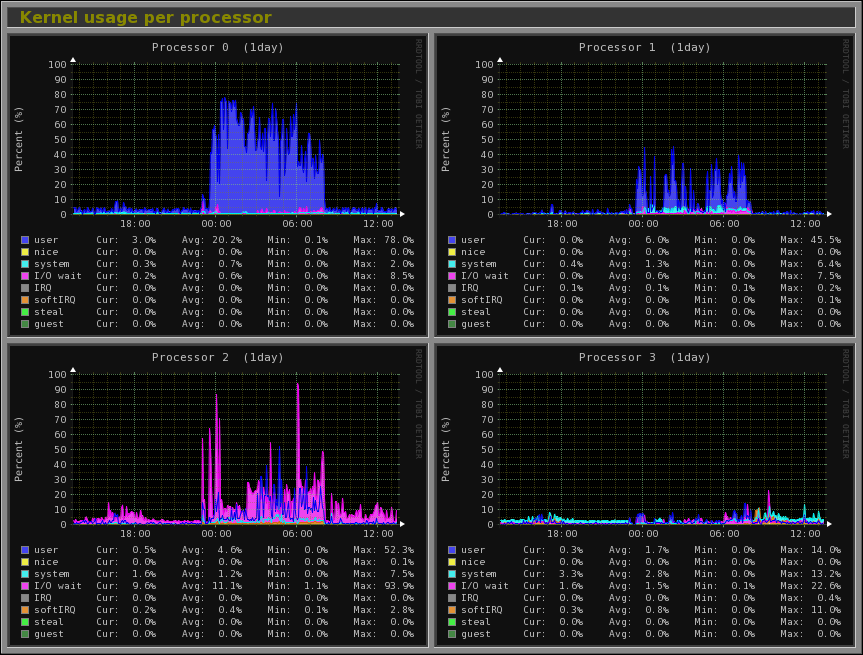

If you want to restrict log.io to specific IP addresses, do so there. Open nf with the command nano nf and make sure the nodeName line is: Once you’ve successfully authenticated with your sudo password, change into the new directory with the command: In order to change into that directory, you need to first issue the command sudo -s. The installation will create a new directory in /root, called.
#APACHE FILE MONITOR INSTALL#
Sudo npm install -g log.io -user "root" Configuration Because of this, we need to silence an SSL certificate error with the command: We’re going to be viewing log.io over http (and not https). When that installation completes, you’re ready to continue. Type your sudo password and okay the installation. These can be installed with a single command: The first thing we must do is install both node.js and NPM. Once these are complete and should the server not require a reboot, you’re ready to go. The update/upgrade is handled with the following two commands: So it’s always best to do the upgrade during off hours. Remember, should the upgrade include the kernel, you’ll need to reboot your system. The first thing you should do is update/upgrade. Installing log.io is handled completely through the command line. With all of that in place, it’s time to install. You’ll also need access to an account that has sudo rights. I’ll assume you already have your LAMP server up and running.
#APACHE FILE MONITOR HOW TO#
I want to show you how to install this incredibly helpful tool on a Ubuntu LAMP (Linux Apache MySQL PHP) server. Log.io allows you to monitor real-time log files, for your Apache web server, through the convenience of a web browser. Fortunately, there are plenty of tools that allow you to make this so much easier. But for some admins, having to SSH into a server and then view various log files, via the terminal window, can be an exercise in frustration. Having this ability can mean the difference between knowing what’s going right or wrong with your web servers, and how to resolve issues quickly. Jack Wallen shows you how to install the real-time Apache log monitor, log.io, on Ubuntu Server 16.04, and explains why it's a must-have for every web server admin.Īs a web server admin, one of your most important tasks is being able to easily monitor logs in real time.

How to monitor your Apache web server logs with log.io


 0 kommentar(er)
0 kommentar(er)
